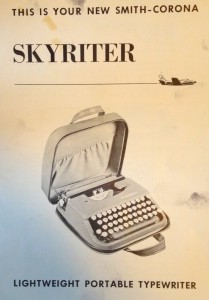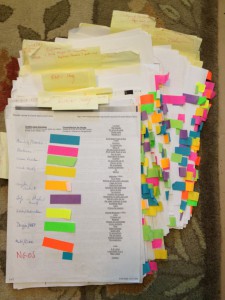Do you backup? Good. But not good enough.
First, lets talk about backup. A good backup strategy should be regular, redundant, and involve multiple locations. Regular, so that you don’t have to worry about whether or not you backed up your data the day, week, or month before you accidentally spill your soup on your keyboard. It should be redundant, so that if your backup drive was shorted out by the same thunderstorm that destroyed your computer you still have another copy. And it should involve multiple locations so that if a fire burns down your house there is still a copy of your most important stuff at your parent’s house.
There are lots of ways to make sure you meet these basic requirements. My solution involves:
- Apple TimeMachine (I actually have two TimeMachine backups drives, one at home and one at work.)
- Google Drive for most of the work I’m using at the moment. (I switched from Dropbox once they added Condoleezza Rice to their Board of Directors.)
- And Superduper duplicates of my hard drive which I occasionally leave in other locations and then start again with a fresh drive.
I feel pretty good about this system. It may not be perfect, but it meets the minimal requirements I listed above. However, it isn’t good enough for me, and it might not be good enough for you either… Continue reading






